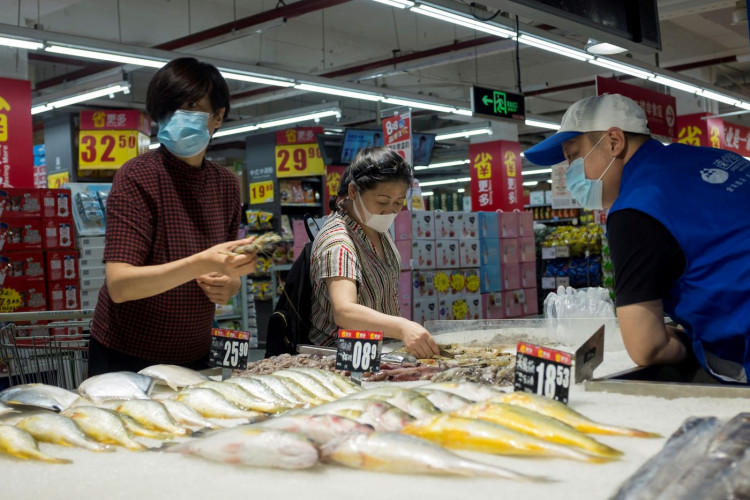Chinese factory prices rose again in March on the back of higher fuel and raw material costs, data published by the National Bureau of Statistics Friday showed.
The nation's producer price index (PPI) - a measure of how much factories charge wholesalers for their goods - climbed 4.4% year on year last month compared with 1.7% in February.
PPI inflation will likely hit 5.5% in April, Nomura economists Ting Lu and Lisheng Wang said in a Friday research note, due to "low bases, rising services prices and increasing energy and commodity prices."
"We expect PPI inflation to rise to around 6.0% (year on year) in mid-year and then moderate thereafter, amid potential support from the ongoing environmental campaign," Lu and Wang said.
China's consumer price index (CPI), which reflects how much consumers are charged by retailers, also entered positive territory in March for the first time since October.
This is partially due to the successful containment of swine flu among Chinese pig herds which brought pork prices down 18.4% last month compared with the same period last year.
Fuel prices and core inflation also rose in March, boosting CPI inflation to 0.4% year on year, up from -0.2% in February.
"We expect price rises to broaden out in the coming months and push headline CPI back to more normal levels," a Capital Economics report said on Friday.
By year end, Nomura expects CPI inflation to reach around 2.8% though it is unlikely it will cross the 3.0% threshold due to low pork prices.
On the whole, the Chinese economy, which ground to a halt in 2020 due to the COVID-19 pandemic, is well on its way to recovery.
But the latest rise in inflation could pose a potential hurdle to factories, in particular smaller manufacturers who are feeling the twin pressures of rising costs and weak demand, a joint study between Ant Group and Peking University published on Tuesday found.
Nearly 60% of the small business owners surveyed ranked more expensive raw materials and utilities as their biggest concerns.
"The operational status of micro and small enterprises has significantly improved, but they still face serious cash flow constraints," the author, professor Zhang Xiaobo from Peking University, wrote.






